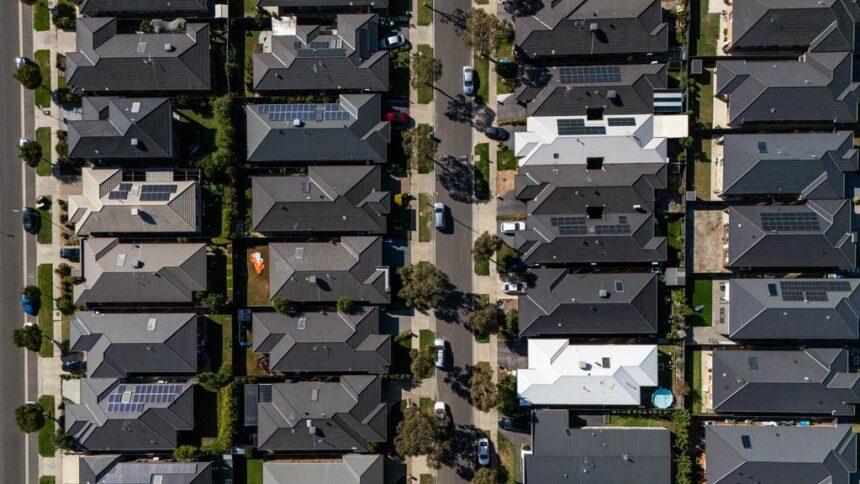Melbourne Exodus Myth: The Real Data Behind Population, Property, and Jobs
The idea of a Melbourne exodus has dominated headlines since the pandemic, but the truth behind Victoria’s situation is far more complex. Before COVID-19, Victoria was booming—leading the country in both economic growth and population expansion. However, following a series of lockdowns, that momentum slowed. Critics argue the state never fully recovered, but data tells a different story.
Despite the gloomy perception, Victoria’s housing market, population flows, and labour conditions paint a more balanced picture. By examining these core areas, it becomes clear that the so-called exodus is largely exaggerated. In fact, when compared with Sydney and other major cities, Melbourne holds surprising strengths, especially in rental affordability and vacancy rates.
Victoria’s Housing Trends and Investor Sentiment
Headlines about a property investor exodus from Melbourne are everywhere. While land tax changes and price stagnation caused concern, there’s no significant downside affecting renters. According to recent SQM Research data, Melbourne has the highest rental vacancy rate among all capital cities—83% higher than other capitals and 42% above the national average. This should have driven rents up, but that hasn’t happened.
This anomaly highlights that claims of a damaging investor exit are not supported by negative outcomes for renters. If anything, the data suggests more balanced conditions. Lower rent prices and higher vacancy rates signal an opportunity, not a crisis, for tenants.
The Reality Behind Population Shifts in Melbourne
One major point in the Melbourne exodus debate is migration. Yes, Victoria saw a net outflow of 24,450 residents in 2021–22. But that number must be placed in context. Sydney lost nearly twice as many residents during the same time. In 2023–24, Melbourne’s net migration loss was just 7,580—significantly less than Sydney’s 41,100.
While Melbourne’s population flow has shifted from the pre-pandemic influx to minor outflow, the scale doesn’t match the “mass exodus” narrative. These figures suggest temporary pandemic disruptions, not a lasting migration crisis.
Labour Market: Challenges and Improvements
When it comes to jobs, Victoria shows mixed results. As of now, unemployment in Victoria stands at 4.37%, lower than the pre-pandemic figure of 4.85%. However, it remains the highest unemployment rate among Australia’s five largest states.
On the positive side, since January, Victoria’s unemployment rate has dropped by 0.3%, while New South Wales and South Australia saw increases. So, while Victoria lags behind in relative terms, it’s moving in the right direction.
Final Outlook: Is the Exodus Real or Exaggerated?
Melbourne and Victoria are not immune to challenges. Economic recovery, budget sustainability, and perception management are crucial. But the facts show Victoria’s outlook isn’t as bleak as critics claim.
Victoria has Australia’s most renter-friendly housing market, a relatively stable population despite earlier outflows, and a labour force showing signs of strength. While the pandemic disrupted growth, the idea of a widespread exodus is more myth than reality.






